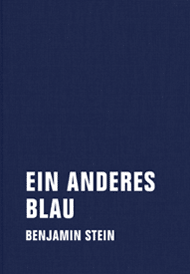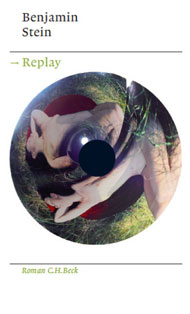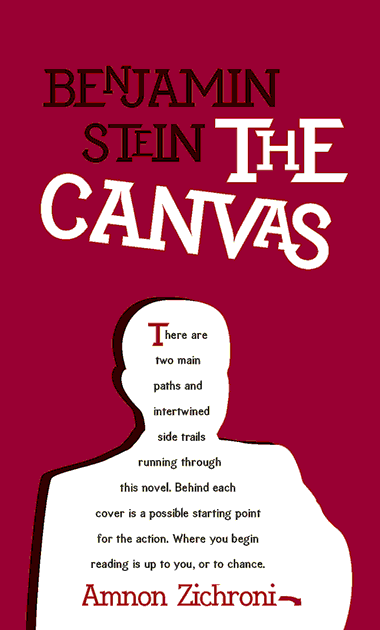The most unnoticed of all miracles is the miracle of repentance. It is not the same as rebirth; it is transformation, creation. In the dimension of time there is no going back. But the power of repentance causes time to be created backward and allows re-creation of the past to take place. Through the forgiving hand of God, harm and blemish which we have committed against the world and against ourselves will be extinguished, transformed into salvation.
Abraham Joshua Heschel
aus: »The Meaning of Repentance« (1936)
in: »Moral Grandeur and Spiritual Audacity«
Farrar Straus & Giroux, New York, 1996
••• Ich zitiere hier Heschel nach D. G. Myers, der eben diese Passage in seinem aktuellen Beitrag zu Nabokovs »Lolita« bringt. Myers Beitrag sollte man unbedingt lesen. Er ist brilliant, Myers Prämisse unmissverständlich im Eingangssatz formuliert:
Lolita is the greatest novel ever written in English, because alone among English-language novels it is the enactment of a moral experience.
Das ist ein interessanter Ausgangspunkt. Wieder einmal legt uns die andere Sprache (das Englische) hier einen Stein in den Verständnisweg. Was Myers als »repentance« beschreibt, kann zu Deutsch Reue oder Buße heißen. Zwischen beiden Worten besteht jedoch ein dramatischer semantischer Unterschied: Reue ist nicht zwingend tätig, Buße hingegen schon. Und im Sinne von Myers These gehe ich davon aus, dass die tätige Reue gemeint sein muss, zumal Heschel von »repentance« im Sinne des Begriffs der »Umkehr« (Teschuva) spricht: Reue, Bekennen und Wiedergutmachung gehören hier untrennbar zusammen.
Worin der Unterschied zwischen Teschuva und bspw. bloßer Entschuldigung besteht, erläutert Myers in einem Follow-Up zum o. g. »Lolita«-Beitrag (Pull out his eyes, Apologize, Apologize), gespickt mit Textbeispielen aus der englischsprachigen Literatur.





